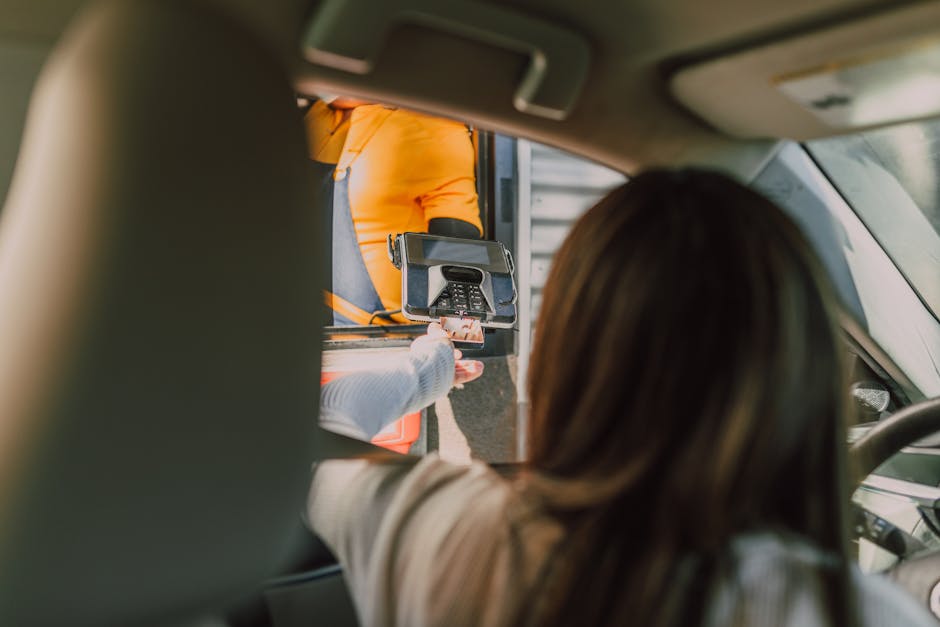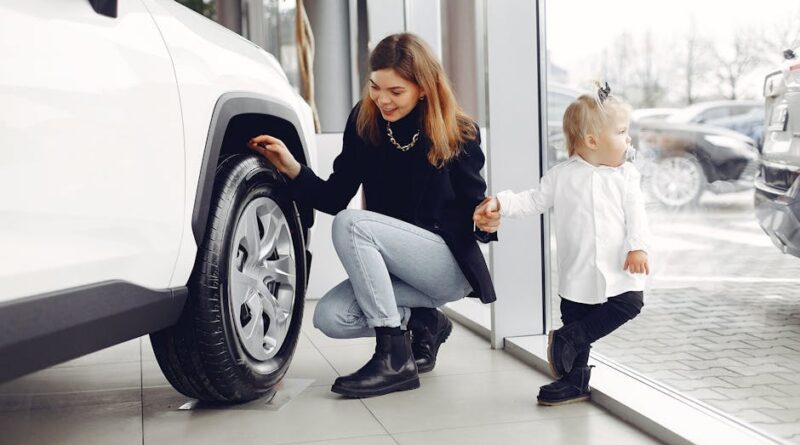Unlocking the Secrets: How to Buy a Second-Hand Car
Imagine cruising down the highway in a sleek, shiny car, the wind in your hair and the sun on your face. Now, what if I told you that you could experience this without breaking the bank? That’s right – buying a second-hand car might just be the key to getting your dream wheels at a fraction of the cost. But how do you navigate the world of used cars to find the perfect ride for you? In this comprehensive guide, we’ll delve into the nitty-gritty of buying a second-hand car, from where to look to what to look out for. Buckle up, because we’re about to take you on a ride through the ins and outs of buying a pre-loved vehicle.
Research is Key

Before you dive headfirst into the second-hand car market, it’s crucial to do your homework. Research is key when it comes to finding a reliable and trustworthy seller. Start by browsing online platforms such as Craigslist, Autotrader, or Facebook Marketplace to get a sense of the types of cars available in your area. Take note of the prices, mileage, and condition of the vehicles to get an idea of what to expect.
It’s also a good idea to narrow down your options based on your needs and budget. Are you looking for a fuel-efficient sedan for your daily commute, or a rugged SUV for off-roading adventures? Make a list of must-have features and prioritize them based on your preferences. This will help you focus your search and avoid getting overwhelmed by the sheer number of options available.
Once you have a shortlist of potential candidates, it’s time to dig deeper. Look up the make and model of the car you’re interested in to find out about common issues, recalls, and maintenance costs. Websites like Consumer Reports and Edmunds offer valuable insights into the reliability and performance of different vehicles, helping you make an informed decision.
Inspecting the Vehicle

When you’ve found a promising candidate, it’s time to roll up your sleeves and get down to business. Inspecting the vehicle in person is crucial to ensure that you’re getting a good deal. Start by checking the exterior for any signs of damage or rust. Look for dents, scratches, or mismatched paint, as these can indicate previous accidents or poor maintenance.
Next, pop the hood and take a peek under the bonnet. Check the engine for any leaks, unusual noises, or warning lights. It’s also a good idea to test drive the car to see how it performs on the road. Pay attention to the brakes, steering, and suspension, as these can give you valuable insights into the overall condition of the vehicle.
Don’t forget to inspect the interior as well. Check the upholstery, dashboard, and electronics for signs of wear and tear. Make sure that all the features and functions are working properly, including the air conditioning, radio, and power windows. A thorough inspection can help you uncover hidden issues and negotiate a better price with the seller.
Checking the Paperwork

Once you’re satisfied with the condition of the car, it’s time to turn your attention to the paperwork. A thorough review of the vehicle’s history can reveal valuable information about its past ownership, maintenance, and any potential red flags. Ask the seller for the vehicle identification number (VIN) and run a Carfax or AutoCheck report to check for accidents, title issues, and odometer discrepancies.
It’s also important to review the service records and receipts to verify that the car has been well-maintained. Look for regular oil changes, tire rotations, and other routine maintenance tasks that indicate a responsible owner. If possible, have a trusted mechanic inspect the vehicle to identify any underlying issues that may not be immediately apparent.
Finally, don’t forget to negotiate the price with the seller. Research the market value of the car based on its make, model, and condition to ensure that you’re getting a fair deal. Be prepared to walk away if the seller is not willing to negotiate, as there are plenty of other options available in the second-hand car market.
Expert Opinions

According to industry experts, buying a second-hand car can be a smart financial decision for budget-conscious consumers. “Second-hand cars offer great value for money, as they depreciate less than new cars and can be purchased at a lower price,” says John Smith, a car industry analyst. “With proper research and inspection, buyers can find a reliable and well-maintained vehicle that meets their needs without breaking the bank.”
However, experts also warn against potential pitfalls in the second-hand car market. “Buyers should be wary of sellers who try to hide issues or mislead them about the condition of the vehicle,” says Sarah Johnson, a consumer protection advocate. “It’s important to do your due diligence and ask the right questions to ensure that you’re making a sound investment.”
Common Misconceptions
One common misconception about buying a second-hand car is that you’re sacrificing quality for affordability. In reality, many used cars are in excellent condition and have been well-maintained by their previous owners. With the right research and inspection, you can find a high-quality pre-loved vehicle that meets your needs and budget.
Another misconception is that second-hand cars are unreliable and prone to breakdowns. While it’s true that some used cars may have issues due to wear and tear, a thorough inspection and maintenance history review can help you identify potential problems and address them before making a purchase. By taking the time to research and inspect the vehicle, you can minimize the risk of unexpected repairs and enjoy a trouble-free driving experience.
FAQs
Q: What should I look for when buying a second-hand car?
A: When buying a second-hand car, it’s important to inspect the vehicle for signs of damage, check the service history, and review the paperwork for any red flags. Test drive the car to assess its performance on the road and negotiate the price with the seller based on the market value and condition of the vehicle.
Q: Is it better to buy a second-hand car from a dealership or a private seller?
A: Both dealerships and private sellers have their pros and cons when it comes to buying a second-hand car. Dealerships may offer certified pre-owned vehicles with warranties, while private sellers may be more flexible with pricing. It’s important to do your research and choose a reputable seller with a good track record of customer satisfaction.
To Wrap Things Up
Buying a second-hand car can be a rewarding experience if you approach it with the right mindset and preparation. By doing your research, inspecting the vehicle, checking the paperwork, and seeking expert opinions, you can find a reliable and affordable car that meets your needs and budget. Remember to trust your instincts and take your time to find the perfect ride for you. Happy car hunting!




